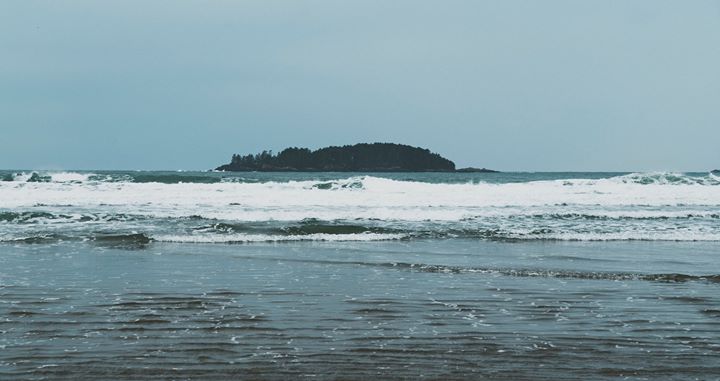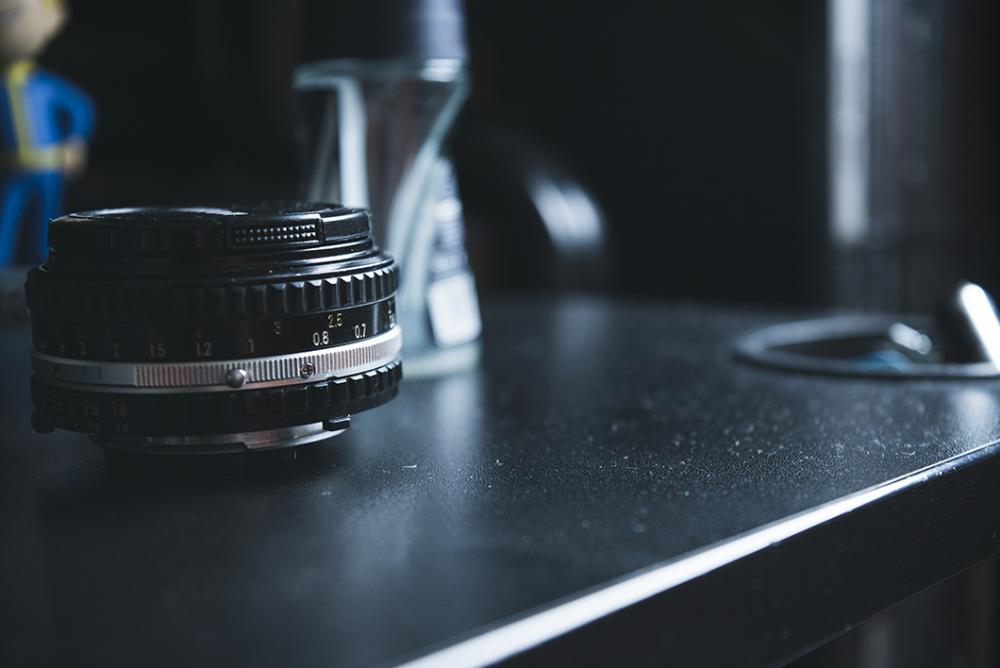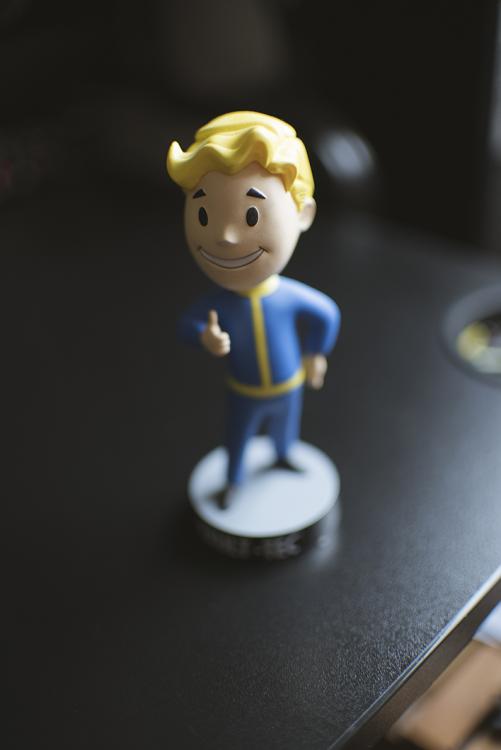-
Posts
26 -
Joined
-
Last visited
Content Type
Profiles
Forums
Articles
Everything posted by Alex Moreán
-
Note that if you are shooting on an A7SII you should switch to s35 mode to avoid moire and artifacting.
-

My Review of the Zhiyun Crane 3-Axis Gimbal
Alex Moreán replied to Mattias Burling's topic in Cameras
Thank you very much! -

My Review of the Zhiyun Crane 3-Axis Gimbal
Alex Moreán replied to Mattias Burling's topic in Cameras
But what was your way to contact them? I can't send mine if they never reply... -

My Review of the Zhiyun Crane 3-Axis Gimbal
Alex Moreán replied to Mattias Burling's topic in Cameras
Hey guys, to all of you who got the gimbal repaired... How did you do it? I bought one and nly a couple months after the joystick is broken and they won't reply any of my messages -
Thanks!!! That's right, A7SII + 24-70 zeiss + Samyang 85 1.4 + Nikon E 50 1.8
-
Hi guys, This is a piece about Slab CIty, about a very lon roadtrip I made and about freedom itself: I hope you like it
-
Hi guys, I've been traveling around with my A7SII for eight months now. I started this trip in part to launch my career as a freelancer (at least when I make it back home) and also to travel a lot before life gets "real" (as I was already stuck in an office but felt it was too soon for that). This was the first piece I created when I was in Canada, and there are many to follow, but for some reason I never posted them here. Here it goes: Let me know your thoughts, Thanks for watching!
-
- canada
- sony a7sii
-
(and 3 more)
Tagged with:
-
But that means creating a new lens lineup and ditching what they already have, right?
-
I haven't had this issue, but the first couple of weeks I had problems exposing too, since I basicaly trusted the LCD (I came from nikon, where you get what you see and you also don't have a histogram) and getting used to the different workflow was a bit tricky, but unless there is any kind of glitch within that metabones and the mettering, if you trust the zebras and the histogram you should be fine...
-
Thanks guys, that was very helpful I also have seen that in some profiles, this camera tends to cyans and yellows/oranges which is kind of a premade cine look. I guess this is due to the offset of the gamut triangle compared to the ITU 709 standard, right? Not really an issue, but knowing this saves me from unintentional horrible results in post. Cheers!
-
Great! Now I understand better, thank you. As for the difference between all the color spaces in the A7SII, have you found any graphic or explanation? I know some of them are wider than others, but I cant find an exact bit of information... Thanks!
-
But then, what would be to "proper way" of translating one recording gamut to a working gamut?
-
Hi guys I've had this camera for some months now, and after lots of tinkering, a couple of disasters and some successful tests, I'm starting to feel confident. I come from a D5300 so this is my first time having to actually chose color spaces/gamuts, and the options are almost endless. As for the LUT work, I'm kind of confused. I've been reading a lot, so I'm not starting from zero here, but one thing I don't seem to understand is why some people use LUTS as just looks and others use them as a starting point for personal grading. From what I've learned, we record in whatever gamut we chose (cine, video, pro, sgamut, sgamutcine, blahblah) then we translate it to 709 (which is the gamut most of our monitors can display) and then we grade/create looks/whatever we like. Is this the common workflow? because after reading millions of posts I have the feeling that some people just slap a looks LUT directly to the footage and everything ends up looking teal-orangey, or maybe people use two different LUTS in each clip? Im lost So far the best results I've gotten have been using the S.Gamut3.Cine which is parallell to the 709 gamut but wider, so supposedly you get rid of the color casts and ofsets... Kind of. But I haven't found what de "pro" "cine" " video" etc gamuts do... Is there any guide? Cheers
-
Would that have a big impact in quality?
-
Hey guys So I've been shooting stuff in 4k for a coupple of months now, and experimenting with different methods to try not to kill myself during post production stage. I come from a Nikon D5300 so everything until now has been pretty much plug an play, drag and drop... So now with this huge leap of quality (and file size) I'm struggling a little bit. My computer is also struggling, even though it´s an i7 + 16gb Ram + Geforce GTX M860 (I think the card is not supported....)(Premiere Editing), so I´m thinking of three different options: - Dual Rec: getting the proxies directly from the camera is incredibly convinient, but do you guys know if doing so affects the footage quality in any way? - Transcoding: I read somewhere that transcoding to Mpeg-2 is the best options since it´s the most premierepro friendly format. Is this accurate? Would I lose a lot of quality? Could I use that footage to deliver the final version or it would have to be replaced as a regular proxy to get the most out of the footage? - Creating proxies: the good old art of creating a low res proxy, nothing to specify. Thanks guys!
-
Hey guys, This was my last job with Nikon (D5300) before getting my beloved A7sII Filmed mostly with the 18-105 plus Nikon E 50 and Samyang 8 for some shots Premiere and Afx for the post work Enjoy!
-
Hey guys So I'm taking my first steps in this 4K world and actually by now all I want to do is shoot 4K and export FHD. Probably I would reframe some shots and fake some camera movements in post, so what would be the best approach: - 4K composition + overscaling the footage I want to reframe -> Export in FHD - FHD composition + downscaling all the 4K footage to fit FHD -> Export in FHD I have actually noticed that whenever I make a FHD project, stick all the 4k footage and downscale it, everything just slows down so I guess it takes a lot of processing power... I'm I right? Thanks!
-
Yeah, one of my favourite lenses... Got it for 30$ or so.
-
This is odd, or maybe I didn't quite understand the theory. I have just bought an A7SII (I used to have a Nikon D5300&D5200) so I thought all my DX glass would render useless. Well, using a dumb adapter (K&F Nikon G to Nex) I attached the classic paperweight (18-55 VRII) and even though in 18 I did have lots of crop and vignetting, down to 55 the image looks like this: (the attached picture of the lens) After doing that, I tried my beloved 35 1.8 (nikkor, DX format) and the result was quite good too: (Bobblehead picture) The camera is set to FF mode (no cropping, no nothing) Is this normal? Cheers.
-
Thanks mates Being all metal and actually pretty light (just above 1Kg with the 24-70) I wouldn't anticipate any issue as long as the handle itself doesn't detach during shooting... Cheers!
-
Hi guys! I have been googling this for some time with no results, so I will directly ask: to what point is the camera hot is durable enough to attach handles to it? (Picture) I was thinking of getting one of these to an A7SII for documentary run and gun, but I have some concerns it might introduce some leverage stress to the body and end up breaking. The heaviest lens I have is the Sony 24-70... The rest of them are just old nikon pancakes and such. Any thoughts?
-
It was in stills mode indeed, thanks for taking the time to explain that, very interesting! Anyway, is there any other disadvantage in shooting video from stills mode? since I read that post from a while where you said that it was actually a better idea to do so in the A7s... Does it still stand like that? Cheers.
-
Aw good then, though it may be misleading some times... It's good to have better battery life. Thanks!
-
Hi guys! I just got an A7sII (I come from a NIkon D5300 so it's a big change) and I'm noticing something odd. This camera is, indeed, a lowlight monster, but whenever I crank up the ISO a get a very noisy image in the LCD preview... And then I press REC button, and all the noise is gone. Is this a normal thing? Cheers!




